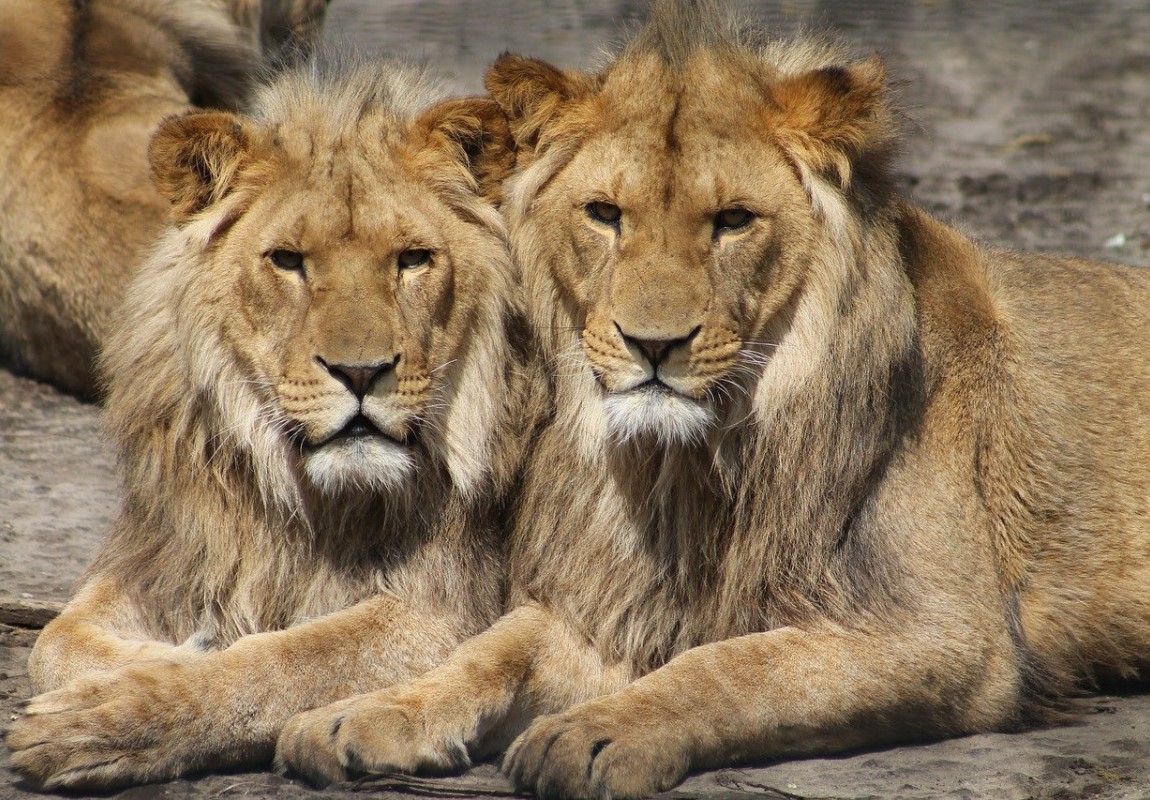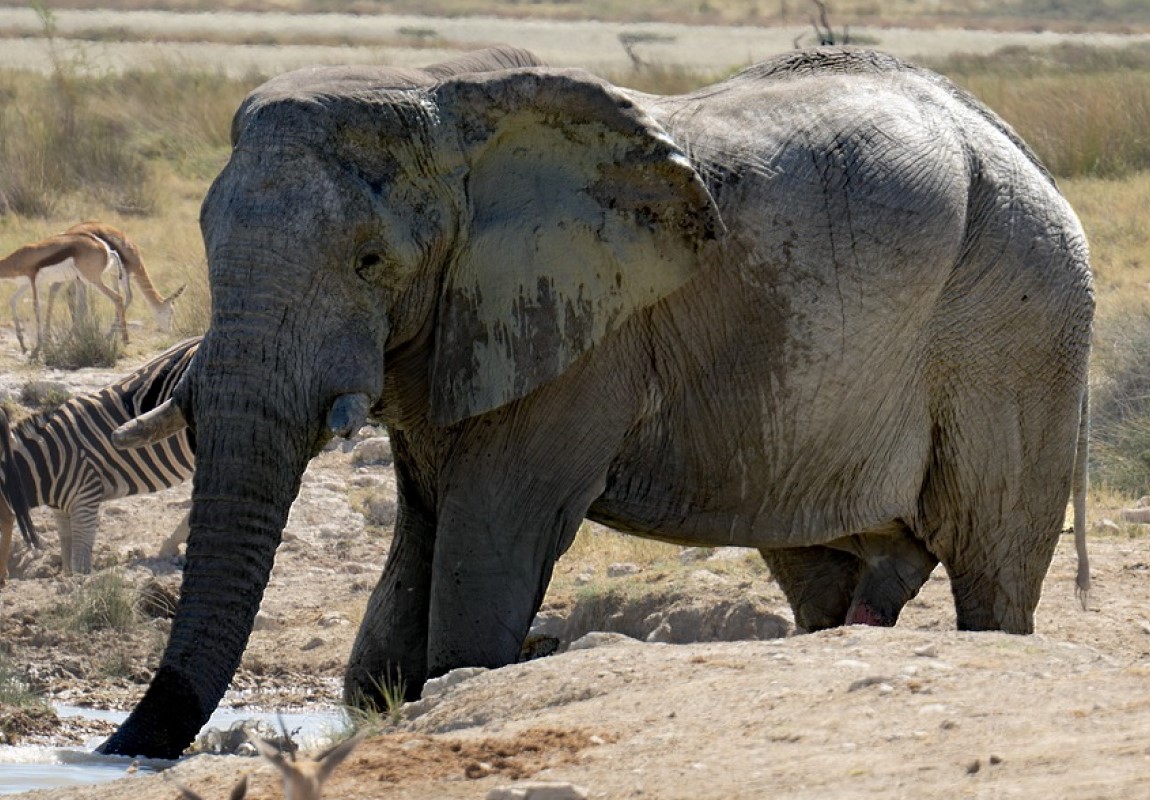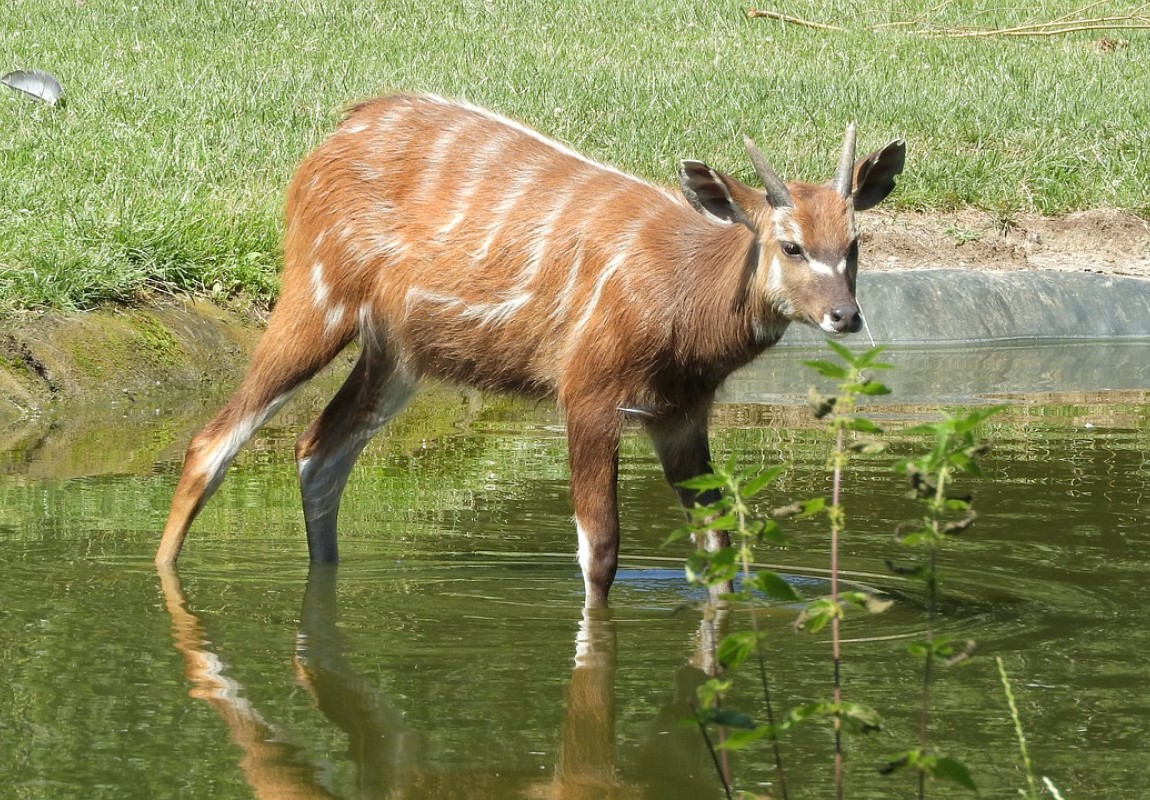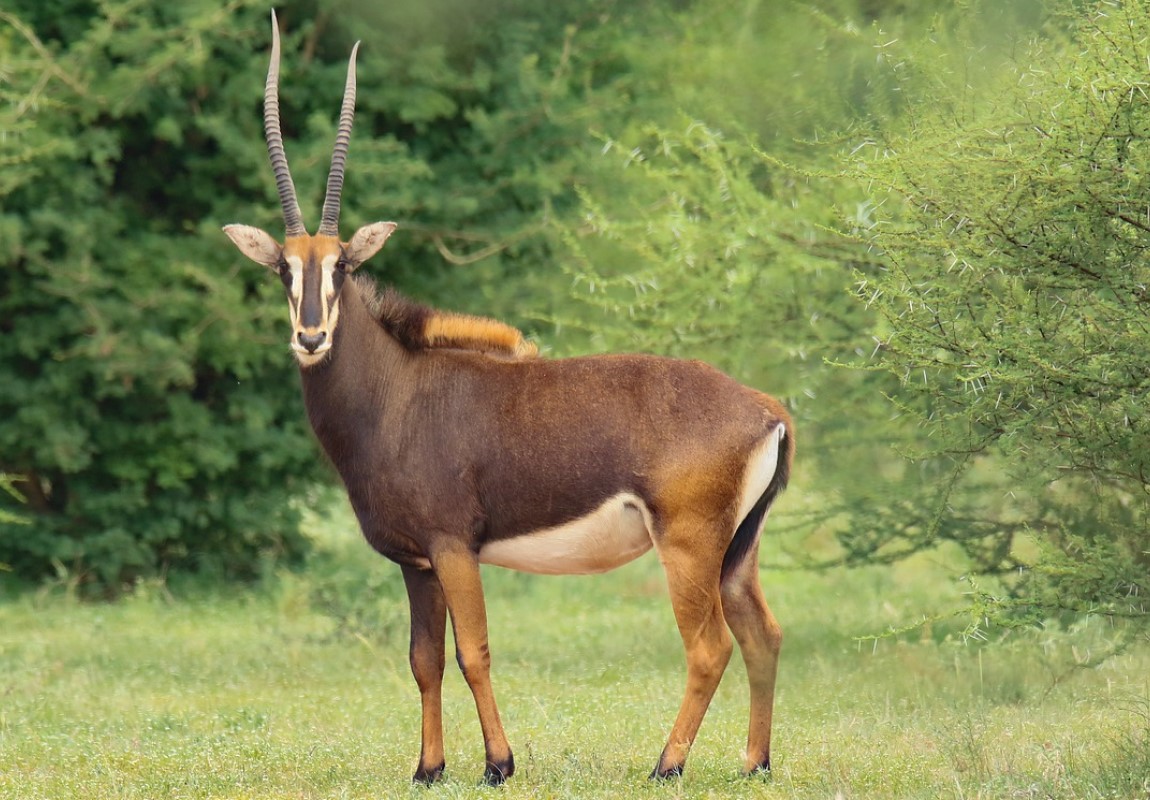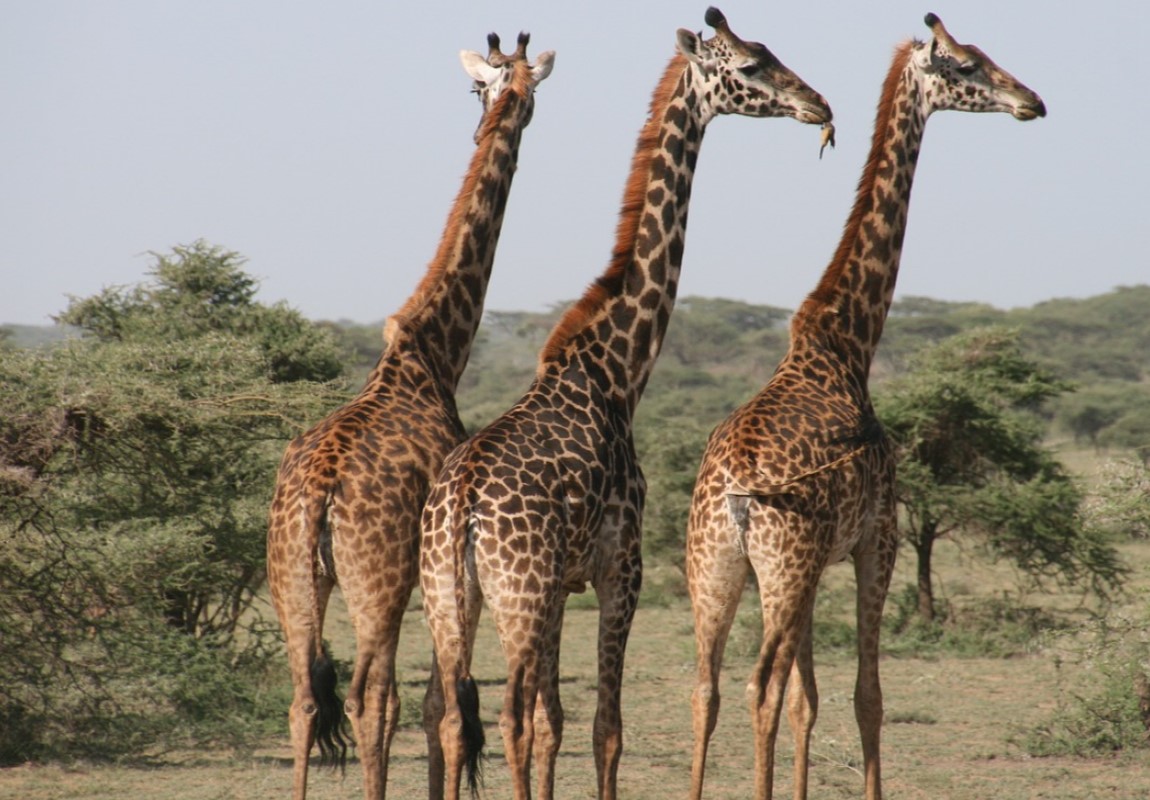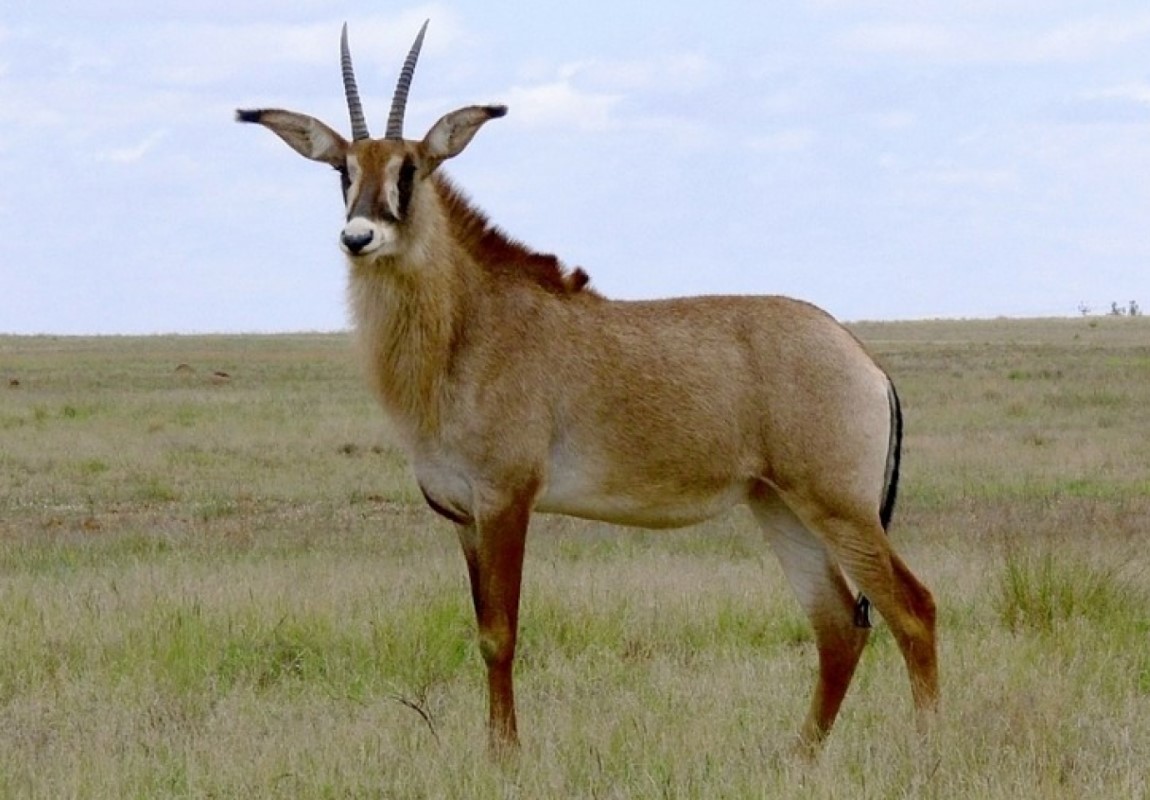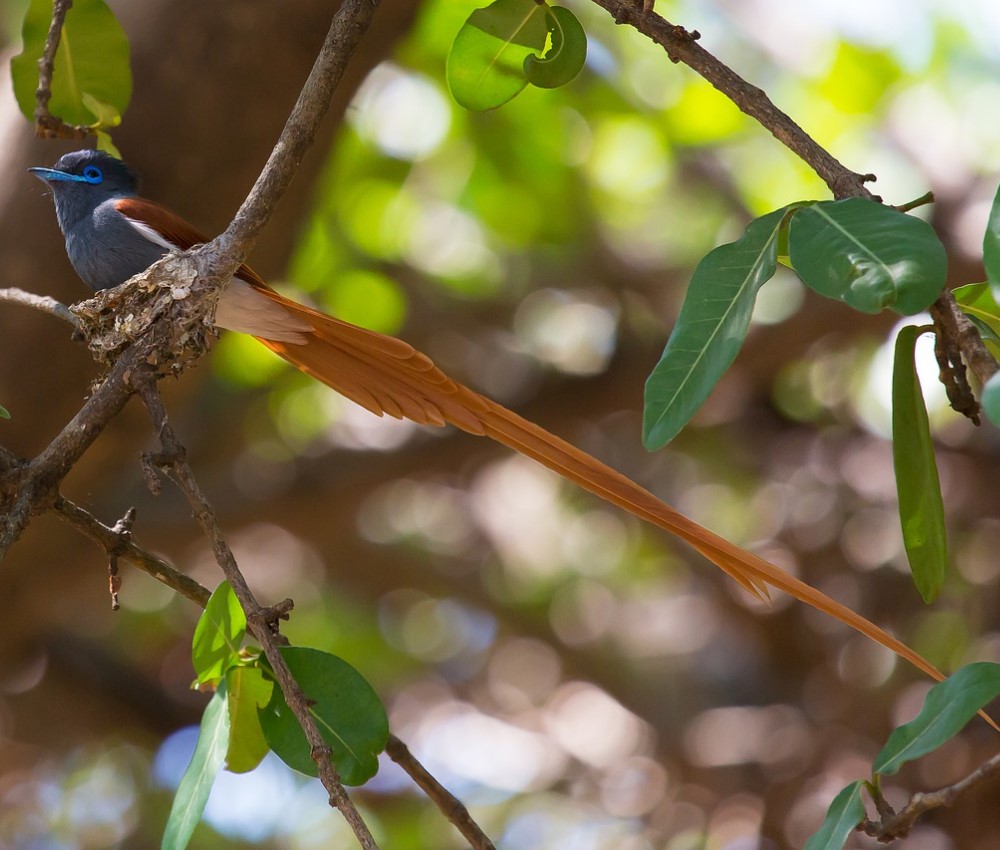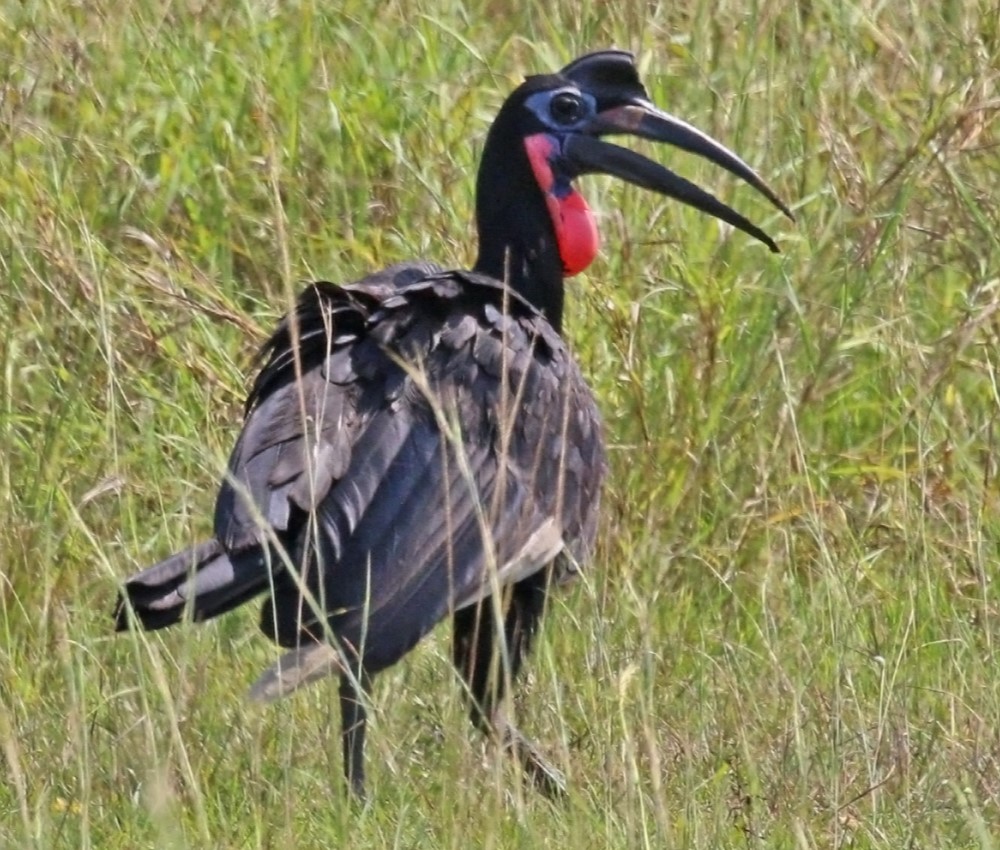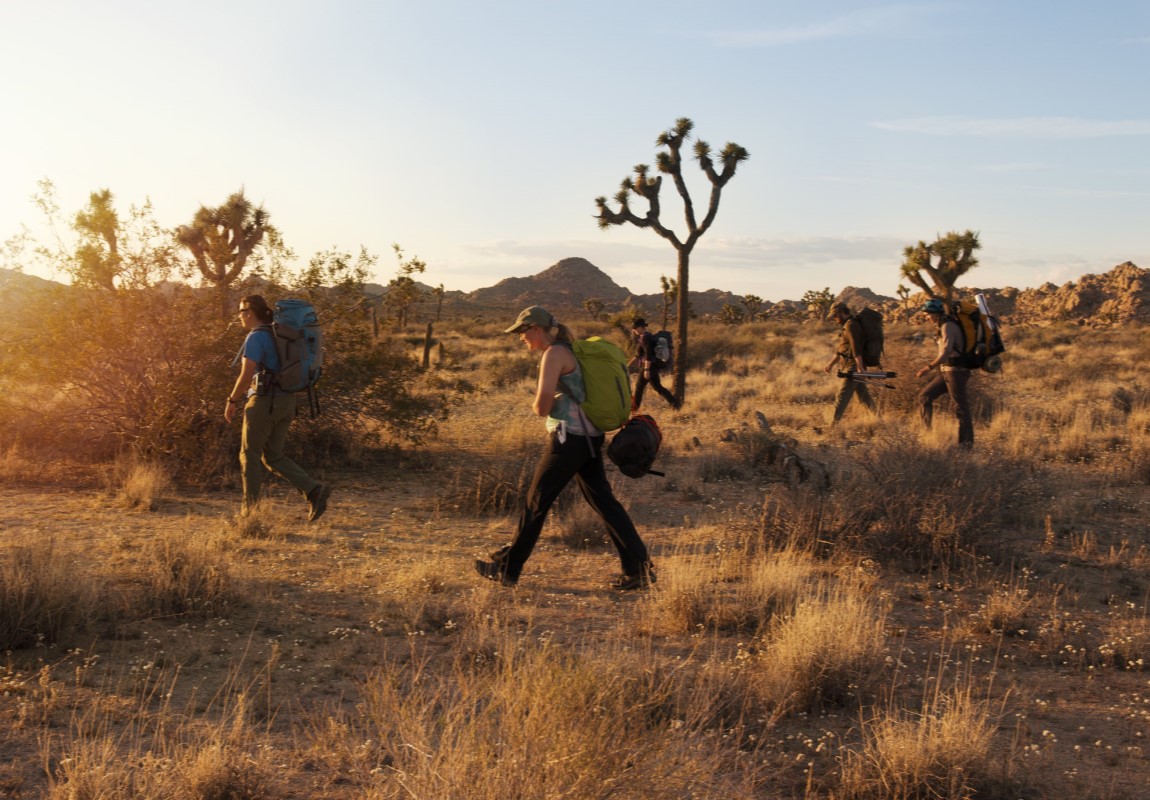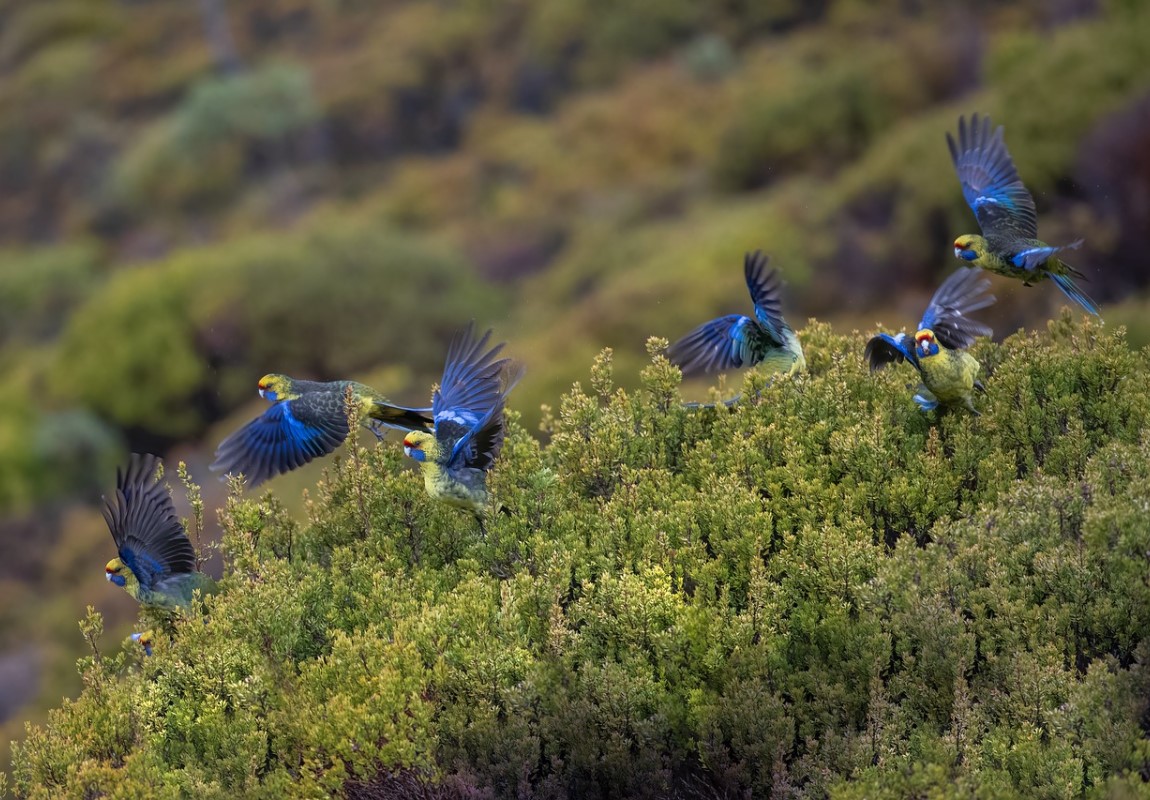Mangetti National Park 
Mangetti National Park - Namibia Wildlife Destination
Starting from
$500PP
Overview
Mangetti National Park is a lesser-known protected area in northeastern Namibia, situated near the Angolan border in the Kavango East Region. The park protects a broad expanse of Kalahari sandveld, mixed woodlands, and seasonal drainage systems that support wildlife adapted to dry, semi-arid environments. Mangetti plays an important conservation role as part of a wider transboundary ecosystem and serves as a buffer zone between communal lands and larger wildlife corridors. While it is not a classic high-density safari destination, the park offers a quiet, uncrowded wilderness experience for travelers interested in Namibia’s remote landscapes and conservation-focused tourism.
Pros & Cons
- Remote and uncrowded wilderness
- Authentic off-the-beaten-path experience
- Important conservation and buffer area
- Peaceful landscapes ideal for slow travel
- Low wildlife densities
- Limited tourism infrastructure
- Not suitable for classic Big Five safaris
- Wildlife sightings can be unpredictable
Map in Namibia
Want to Visit Mangetti National Park?
Want to Visit Mangetti National Park?
Wildlife & Animals
Wildlife in Mangetti National Park is relatively sparse and adapted to dry woodland and sandveld habitats. Small to medium-sized mammals are more commonly encountered than large predators, and animals are often widely dispersed across the landscape. Wildlife viewing is best approached with patience and realistic expectations, focusing on the broader ecosystem rather than frequent sightings.
Wildlife Highlights
The primary wildlife appeal of Mangetti lies in its natural balance and quiet wilderness atmosphere rather than iconic species encounters. Observing animals in a minimally disturbed environment provides insight into Namibia’s lesser-known conservation landscapes.
Best Time for Wildlife Viewing
Wildlife viewing is most rewarding during the peak dry months of July to September, when animals concentrate near seasonal water sources.
Want to Visit Mangetti National Park?
Birds
Mangetti National Park supports a modest but interesting variety of birdlife associated with Kalahari woodlands and open savanna. While not a major birding hotspot, the park can reward patient birdwatchers seeking common woodland and raptor species.
Best Time for Birding
The best time for birdwatching is from November to March, when summer rains bring increased bird activity and migratory species.
Want to Visit Mangetti National Park?
Best Time to Visit – Mangetti National Park
Wildlife viewing is most rewarding during the peak dry months of July to September, when animals concentrate near seasonal water sources.
May to October (Dry Season)
- Comfortable temperatures
- Improved road access
- Better wildlife visibility
- Very dry landscapes
- Limited water sources reduce wildlife variety
November to April (Wet Season)
- Greener scenery
- Increased bird activity
- Quiet and peaceful conditions
- Difficult road conditions
- Wildlife widely dispersed
- Higher humidity
Want to Visit Mangetti National Park?
Activities
Explore popular activities available in and around Mangetti National Park.
Want to Visit Mangetti National Park?
No FAQs available for this park yet.

 English
English French
French



